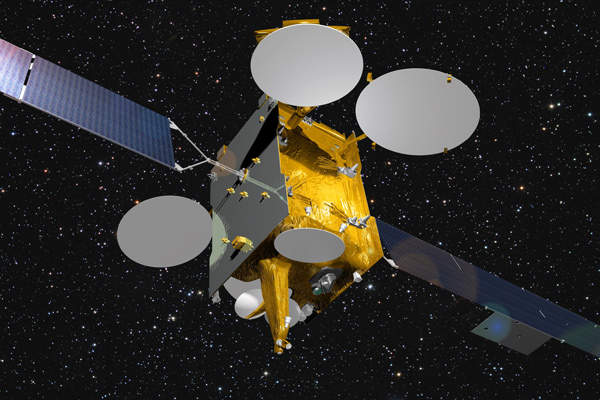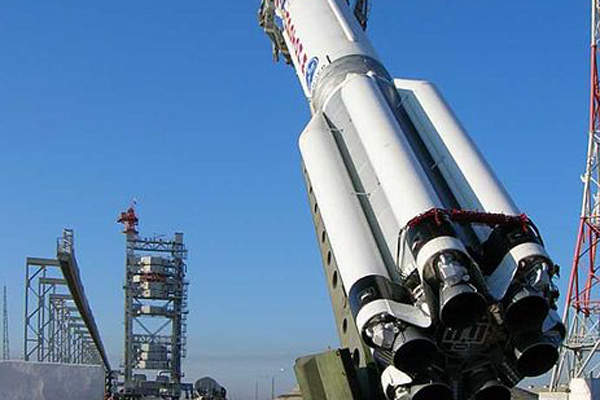Eutelsat-9B is a communication satellite manufactured by Airbus Defence and Space and operated by Eutelsat Communications. The satellite was launched into the geostationary Earth Orbit (GEO) in January 2016. The satellite is collocated at 9° east longitude orbital position, where the EuroBird 9A satellite was placed and has been providing services since 2007.
Eutelsat-9B significantly expands and diversifies resources to provide services to high-growth video markets across northern, central and southern Europe.
Eutelsat-9B satellite design
Astrium was awarded a contract in October 2011 to manufacture the Eutelsat 9B satellite. The Astrium Space Transportation and Satellite divisions were integrated with Airbus Defence and Space along with Airbus Military and Cassidian in January 2014. Eutelsat-9B satellite construction was carried out by Airbus Defence and Space as a result of the integration.
The satellite had a launch mass of 5,162kg. It was designed to have a lifespan of more than 15 years. The satellite has an electrical power of 12kW. It is based on Eurostar E3000 satellite bus.
Launch vehicle for Eutelsat-9B satellite
The satellite was launched on board a Proton M launch vehicle built by Khrunichev Research and Production Space Centre. The satellite launch operations contract was awarded to International Launch Services (ILS) along with Khrunichev in January 2014. The satellite was launched into space from Baikonur Cosmodrome, Kazakhstan, in early 2015.
ILS and Khrunichev have a record of successfully launching Eutelsat satellites since 2000 on Proton flight.
Communication capabilities of Eutelsat-9B
The Eutelsat satellite is equipped with 66 Ka-band transponders connected to five beams, including one broad European wide beam and four regional beams. The pan-European beam offers coverage for channels seeking the highest reach into satellite homes and terrestrial headends.
The remaining four regional beams individually address high-growth digital TV markets located across Italy, Germany, Greece and the Nordic-Baltic regions.
The regional beam also enables pay-TV platforms and national digital terrestrial television (DTT) programmes.
The video broadcasting in Italy is designed by Eutelsat and ASI, the Italian space agency, based on Italian institutional requirements.
The satellite includes the European Data Relay Satellite System (EDRS) payload. The EDRS reduces time delays in the transmission of data.
The new satellite provides 70% additional performance at 9° east orbital position and increases the overall bandwidth and channels broadcasting to tenfold from the existing 320 channels, including 53 HDTV channels.
Marketing commentary on Eutelsat and its satellite control centre
Headquartered in Paris, France, Eutelsat Communications is one of the leading operators of communications satellites in the world. The company provides services to a wide range of customers, including broadcasters and broadcasting associations, and pay-TV operators. It also offers services to video, data and internet service providers, enterprises and government agencies. The company currently operates about 36 satellites with coverage over Europe, the Middle East, Africa, Asia-Pacific and the Americas.
Eutelsat has two main control centres, including a satellite control centre (SCC) and a communications system control centre (CSC). The former controls and monitors all the satellites, while the latter monitors all the services transmitted over the satellites, which include analogue and digital video, business and IP services. Both centres consistently work to ensure highly reliable services.




